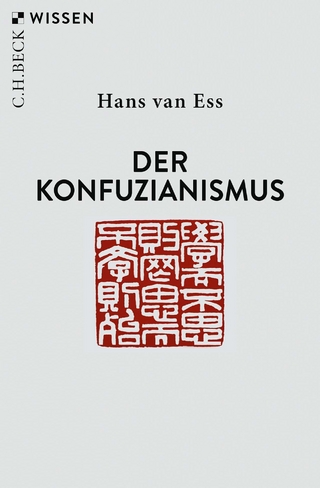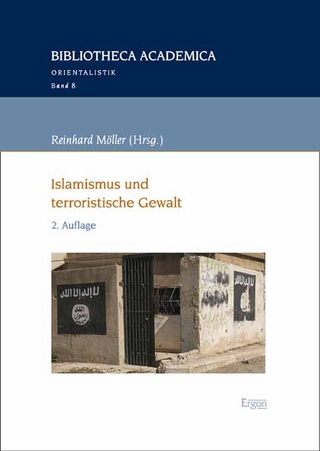
The Way That Lives in the Heart
Chinese Popular Religion and Spirit Mediums in Penang, Malaysia
Seiten
2006
Stanford University Press (Verlag)
978-0-8047-5292-3 (ISBN)
Stanford University Press (Verlag)
978-0-8047-5292-3 (ISBN)
The Way That Lives in the Heart is a richly textured ethnographic analysis of the practice of Chinese religion in the modern, multicultural Southeast Asian city of Penang, Malaysia.
The Way That Lives in the Heart is a richly detailed ethnographic analysis of the practice of Chinese religion in the modern, multicultural Southeast Asian city of Penang, Malaysia. The book conveys both an understanding of shared religious practices and orientations and a sense of how individual men and women imagine, represent, and transform popular religious practices within the time and space of their own lives.
This work is original in three ways. First, the author investigates Penang Chinese religious practice as a total field of religious practice, suggesting ways in which the religious culture, including spirit-mediumship, has been transformed in the conjuncture with modernity. Second, the book emphasizes the way in which socially marginal spirit mediums use a religious anti-language and unique religious rituals to set themselves apart from mainstream society. Third, the study investigates Penang Chinese religion as the product of a specific history, rather than presenting an overgeneralized overview that claims to represent a single "Chinese religion."
The Way That Lives in the Heart is a richly detailed ethnographic analysis of the practice of Chinese religion in the modern, multicultural Southeast Asian city of Penang, Malaysia. The book conveys both an understanding of shared religious practices and orientations and a sense of how individual men and women imagine, represent, and transform popular religious practices within the time and space of their own lives.
This work is original in three ways. First, the author investigates Penang Chinese religious practice as a total field of religious practice, suggesting ways in which the religious culture, including spirit-mediumship, has been transformed in the conjuncture with modernity. Second, the book emphasizes the way in which socially marginal spirit mediums use a religious anti-language and unique religious rituals to set themselves apart from mainstream society. Third, the study investigates Penang Chinese religion as the product of a specific history, rather than presenting an overgeneralized overview that claims to represent a single "Chinese religion."
Jean DeBernardi is Professor of Anthropology at the University of Alberta. She is the author previously of Rites of Belonging: Memory, Modernity, and Identity in a Malaysian Community (Stanford University Press, 2004).
Contents Prefacei Introduction 1 Part I Heaven on Earth Introduction to Part I 1. Mending Luck 2. Spiritual Collisions 3. Possessed by the Past Part II Spirit Mediums Introduction to Part II 4. Domesticating the Dead 5. Self-Cultivation and the Dao 6. The Teachings of a Modern Master 7. Drawing on the Dark Side Conclusion Chinese Glossary Bibliography
| Zusatzinfo | 2 figures, 39 illustrations, 2 maps |
|---|---|
| Verlagsort | Palo Alto |
| Sprache | englisch |
| Maße | 152 x 229 mm |
| Gewicht | 662 g |
| Themenwelt | Geisteswissenschaften ► Religion / Theologie ► Weitere Religionen |
| ISBN-10 | 0-8047-5292-3 / 0804752923 |
| ISBN-13 | 978-0-8047-5292-3 / 9780804752923 |
| Zustand | Neuware |
| Haben Sie eine Frage zum Produkt? |
Mehr entdecken
aus dem Bereich
aus dem Bereich
archäologische Fakten und Fiktionen im Neuheidentum
Buch | Softcover (2023)
Verlag Anton Pustet
24,00 €


